Family Guide to Buying a Nintendo DS
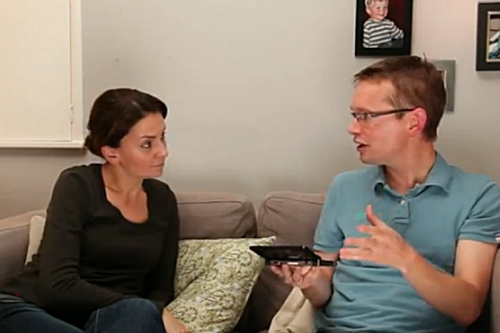
Deciding that you'd like to play a few more video games as a family is one thing, it's quite another to navigate the different options you have in terms of hardware.
A good way to start playing games is with a portable system. Not only are these less intrusive into the home, but they also come with a built in screen leaving the TV free for other uses. They can also be played out and about, and are particularly useful for breaking up long journeys.
Because of their portable nature it can be harder to keep tabs of when children are playing portable games. Families with young children may want to talk through how and when they will be used. Some keep them in a dinning room drawer or living room cupboard when not in use -- this also enables you to ensure they are charged and ready to go.
There are a variety of portable systems. Nintendo have a long line of handhelds systems dating back to the 90s, Sony joined this market more recently with their PSP and PS Vita. Apple offer a range of games on their iPhone, iPod and iPad devices. Microsoft offer games on their Windows Phone systems, although they do not have a bespoke handheld gaming device like Nintendo and Sony.
Which system is best for your family will depend on a number of factors, as well as the technology you already have in your home. In this post I'm looking at how to choose which Nintendo DS to buy, once you have decided this is the right system for you. In future posts I'll be looking at the other handheld systems in a similar way.
I'm using information from the Family Gamer TV DS Guide here, that is created from a wide range of family feedback. Further information on each system can be found on Wikipedia. You can also check manufacturers specifications on their related websites.
-
Original DS The original DS is available second hand for around £40.
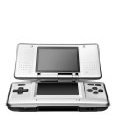
- Supports: DS and Gameboy Advance games.
- Pros: Older model much cheaper than DSi or DSlite. 6 hour battery life.
- Cons: Less bright screen not good for outside play. Build quality not as solid as later models.
-
DS lite The redesigned DS is available second hand for around £70.
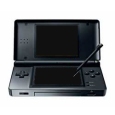
- Supports: DS and Gameboy Advance games.
- Pros: It is a sleeker and more compact design. Much brighter screens and improved 9 hour battery life.
- Cons: Hinges often fail so ensure that there are no plastic stress marks on them before buying second hand.
-
DSi The updated DS is available new for around £100 and can play DS and DSi-ware (download) games.
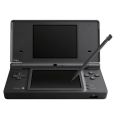
- Supports: DS carts and DSi-ware (download) games.
- Pros: Slimmer design and bigger screens than the DSlite and solves the hinge issue. Built in camera. Can download DSi-ware games directly to the handheld for a few pounds each. Easier to connect to internet with better Wi-fi support.
- Cons: Reduced 7 hour battery life because of the larger screens and smaller battery. No support for the old Gameboy Advance games.
-
DSiXL The larger version of the DS is available new for around £100.
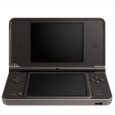
- Supports: DS and DSi-ware (download) games.
- Pros: Very bug screen that is easier to see for both player and watcher. Can download DSi-ware games directly to the handheld for a few pounds each. Easier to connect to internet with better Wi-fi support. Improved 9 hour battery life. It also comes with a larger Stylus.
- Cons: No support for the old Gameboy Advance games.
-
3DS The first version of the 3D handheld, available new for around £120.
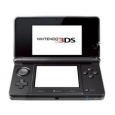
- Supports: DS and 3DS cart games. DSi-ware and eShop download games.
- Pros: 3D screen, motion controls and built in camera. Can download Virtual Console Gameboy and Gameboy Advance games as well as DSi-ware and 3D games via eShop.
- Cons: Short 3 hour battery life due to high performance 3D graphics and bright screen.
-
3DS XL The large version of the 3DS handheld, available new for around £179.
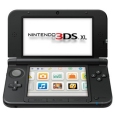
- Supports: DS and 3DS cart games. DSi-ware and eShop download games.
- Pros: Very bug screen that is easier to see for both player and watcher. Longer 6 hour battery life 3D screen, motion controls and built in camera. Can download Virtual Console Gameboy and Gameboy Advance games as well as DSi-ware and 3D games via eShop. It also comes with a larger Stylus.
- Cons: No support for the old Gameboy Advance games.
This breakdown of the different systems that can be used to play Nintendo DS and 3DS games should help you decide which system is the best fit for your needs. This will be a balance of cost, functions, robustness, battery life and access to the right types of games.
Here's a conversation from Family Gamer TV, with a mother of two young children from one of their advocate families, talking through the differences between each DS. It also goes back through the older Gameboy portable systems that are now only available second hand.





